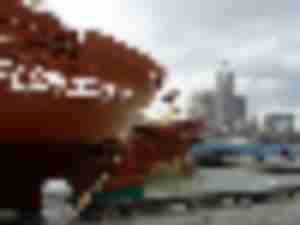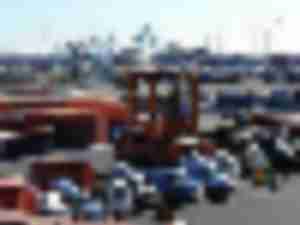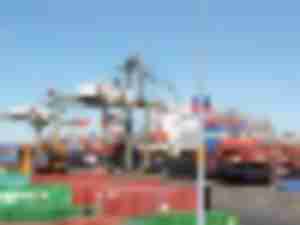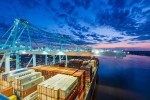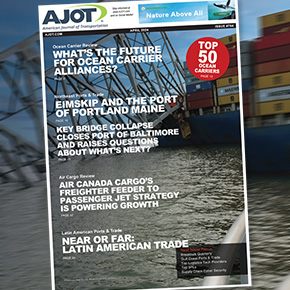Panama Canal administrator says inauguration on schedule for June
The administrator of the Panama Canal Authority – refuting a statement earlier this week by his second in command – says the expanded waterway should be ready for inauguration in June, following delays costing the authority more than a half billion dollars in revenue.
Volume-based incentives among plans for expanded Panama Canal
Panama Canal officials are looking to offer volume-based incentives to containership operators as part of plans to encourage full use of the expanded waterway after it opens – an event now eyed for “early the second part of this year.”
Outcry by Great Lakes stakeholders over proposed rate hike
U.S. Coast Guard sparks storm with proposed drastic hike in pilotage rates
Looking for America: Port Cooperation - is it a sign of the times?
Have mega-ship alliances hastened the age of the “Mega-Port”?
World Shipping Council’s Koch Predicts “Very Challenging” 2016
Ocean carriers - and by extension, shippers - will be facing “very challenging and competitive” conditions in 2016, according to Christopher Koch, Senior Advisor at the World Shipping Council.
Book Review: Terminal Island: Lost Communities of Los Angeles Harbor
Terminal Island is a largely artificial island located in Los Angeles County, California, between the city of Los Angeles and the city of Long Beach.
Looking for America: Highways and Bi-ways in the Drive Act
I recently took a road trip from Connecticut to Iowa to connect with old college friends. While construction annoyed and delayed our travel it was a welcome sight considering that construction in and around major cities means that future travel will be smoother.
Teamsters expand Labor actions at ports of LA/LB
The Teamsters Union has expanded labor actions from its on-going strike at Pacific 9 Transportation to include three other harbor trucking companies serving the Ports of Los Angeles and Long Beach, according to Barb Maynard, spokeswoman for the Teamsters Port Division.
Panama: A Growing Transshipment Opportunity
For more than 100 years, the Panama Canal has served the world’s maritime trade industry—shortening time and distance between producers and consumers.
Bistate port expands impact on economies in three states
Business is up and the impact study by the New York Shipping Association Inc. (NYSA) shows impressive increases in jobs and revenue for the region.
© Copyright 1999–2024 American Journal of Transportation. All Rights Reserved



